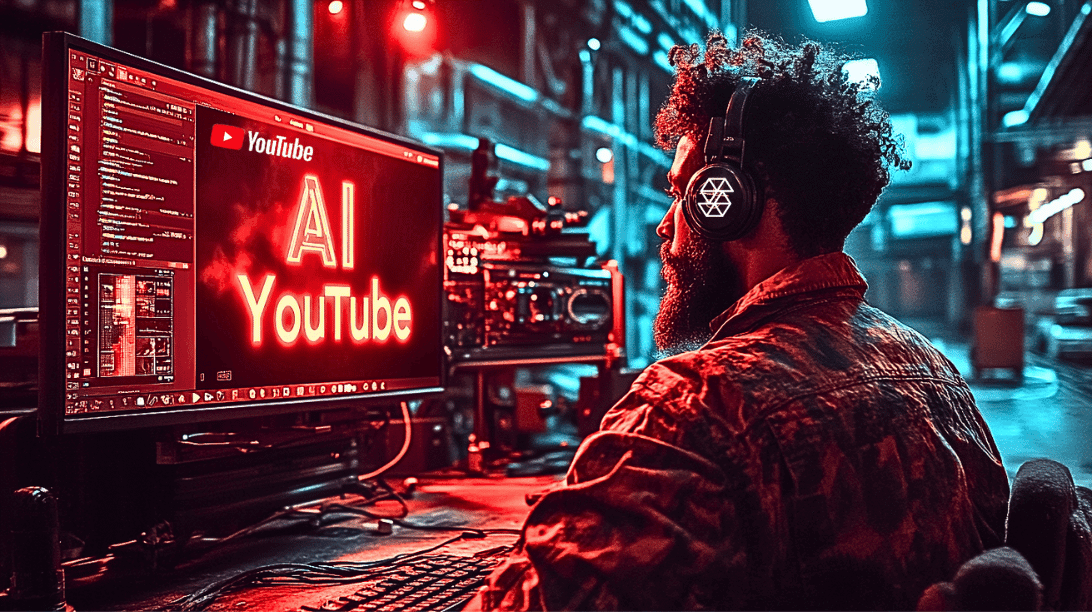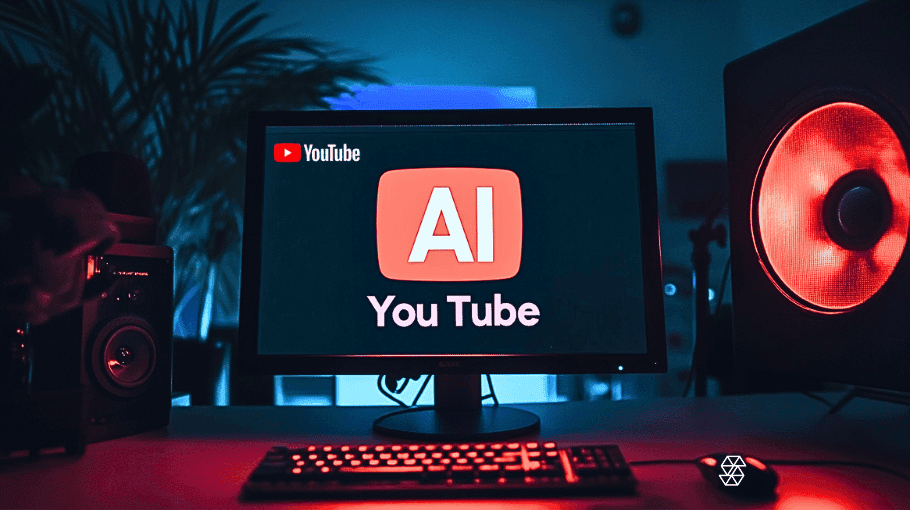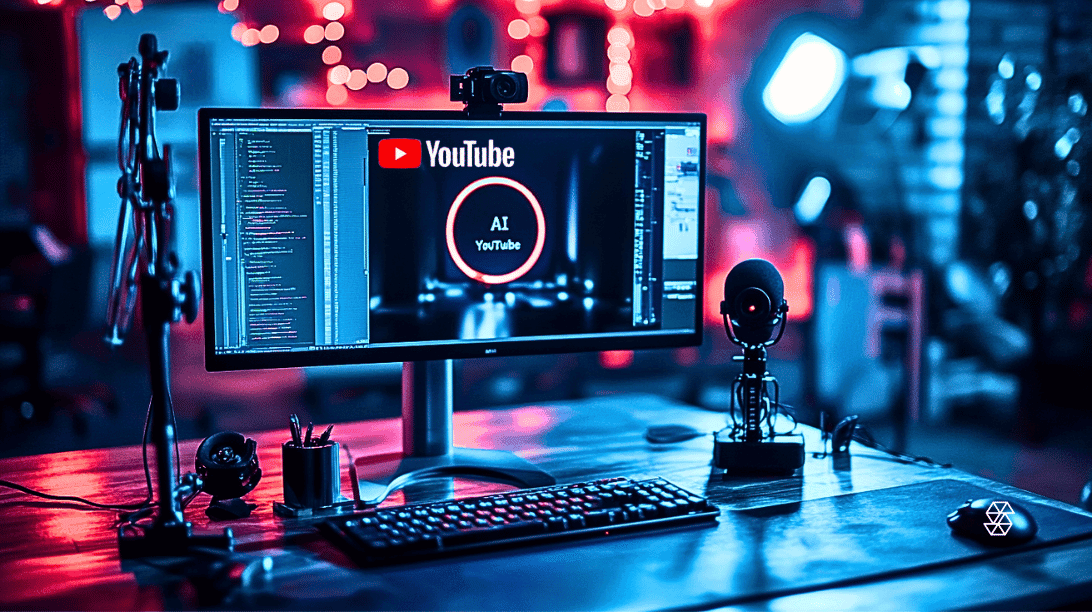What is Stable Audio 2.0? + the Tech Behind Stable Diffusion’s Generative AI Text-to-Audio Model
AI has been making significant strides in various creative industries, offering new tools and techniques for content production. Stability AI, a company known for its work in AI-generated content, has recently released Stable Audio 2.0, an updated version of their AI-generated audio platform. This new iteration promises to bring a range of advanced capabilities to the field of audio generation, potentially reshaping the way music, sound effects, and audio content are created.
Stability AI has a history of developing innovative AI-driven tools, such as Stable Diffusion, which has been well-received for its ability to generate high-quality images from textual descriptions. With the release of Stable Audio 2.0, the company aims to extend its expertise into the audio domain, providing a platform that caters to the needs of musicians, sound designers, and content creators.

Exploring the Capabilities of Stable Audio 2.0
Stable Audio 2.0 offers a range of features designed to enhance audio generation and manipulation:
Extended track generation: Stable Audio 2.0 can generate longer, more cohesive audio tracks compared to its previous versions. This feature allows users to create complete musical compositions with multiple sections, such as intros, verses, choruses, and outros. The ability to generate extended tracks can be beneficial for musicians and composers looking to experiment with new ideas or streamline their workflow.
Audio-to-audio transformation with natural language prompts: The platform enables users to upload their own audio samples and transform them using natural language prompts. For instance, a user can input a piano recording and instruct Stable Audio 2.0 to “add a layer of synth pads” or “change the piano to a violin sound.” This feature aims to make audio manipulation more intuitive and accessible, catering to users with different levels of technical expertise.
Sound effect production: Stable Audio 2.0 can generate a variety of sound effects, ranging from ambient noises to complex soundscapes. This capability can be useful for game developers, filmmakers, and multimedia creators who require high-quality sound effects for their projects. The platform allows users to iterate on audio designs and fine-tune the results to suit their specific needs.
Style transfer: The style transfer feature in Stable Audio 2.0 enables users to apply the characteristics of a reference audio track or genre to their own audio input. By analyzing the stylistic elements of the reference, the model can transform the user’s audio to match the desired style. This feature can be helpful for content creators looking to maintain consistency across projects or experiment with different musical genres.
Stable Audio 2.0 aims to provide a comprehensive and user-friendly platform for audio generation and manipulation. The combination of extended track generation, audio-to-audio transformation, sound effect production, and style transfer capabilities makes it a potentially valuable tool for professionals and enthusiasts in the audio industry.
The Technology Behind Stable Audio 2.0
Stable Audio 2.0 is powered by advanced AI technologies that enable its audio generation and manipulation capabilities. At the core of the platform lies a latent diffusion model architecture, which consists of two main components: a highly compressed autoencoder and a diffusion transformer.
The autoencoder is responsible for compressing the raw audio waveforms into a compact, latent representation. This compression process allows the model to capture the essential features of the audio while reducing the computational requirements. The compressed representation serves as a foundation for the subsequent audio generation and manipulation tasks.
The diffusion transformer, a key component in Stable Audio 2.0, is designed to handle the temporal aspects of audio data. It takes the compressed latent representation and generates new audio samples based on the provided prompts or transformations. The diffusion transformer architecture enables the model to capture long-range dependencies and maintain coherence in the generated audio.
Stable Audio 2.0 aims to strike a balance between computational efficiency and output quality. The combination of the compressed autoencoder and the diffusion transformer allows the platform to generate high-quality audio while keeping the computational requirements manageable. This balance is crucial for making the platform accessible to a wide range of users with varying computational resources.
Compared to its predecessor and other AI-generated audio platforms, Stable Audio 2.0 introduces several technological advancements. The improved latent diffusion model architecture and the integration of the diffusion transformer contribute to the platform’s ability to generate longer, more coherent audio tracks. Additionally, the platform’s efficient compression techniques enable faster processing and manipulation of audio data.
Empowering Creators While Respecting Their Rights
Stability AI recognizes the importance of using licensed datasets in the development of AI models. Stable Audio 2.0 is trained on a carefully curated dataset that includes a wide range of audio samples, such as music, sound effects, and instrument recordings. The company has made efforts to ensure that the dataset is sourced from licensed and permissible sources, respecting the intellectual property rights of the original creators.
To further empower creators and protect their rights, Stable Audio 2.0 provides an opt-out mechanism for artists whose work may have been included in the training dataset. This allows creators to have control over their contribution to the model and ensures that their work is used only with their consent. Stability AI is committed to maintaining open communication channels with creators and addressing any concerns they may have regarding the use of their work.
In addition to the opt-out mechanism, Stability AI has implemented measures to ensure fair compensation for creators whose work contributes to the development of Stable Audio 2.0. The company recognizes the value of the creators’ work and aims to establish a fair and transparent compensation system. This may involve royalty payments, licensing agreements, or other forms of compensation, depending on the specific use case and the creators’ preferences.
To prevent copyright infringement and protect the rights of content owners, Stable Audio 2.0 incorporates content recognition technologies. These technologies help identify and flag any copyrighted material that may be uploaded to the platform, preventing unauthorized use and distribution. Stability AI has partnered with leading content recognition providers to ensure the effectiveness and reliability of these measures.
Stability AI is Trying to Secure a Spot in the Future of AI Audio
The introduction of Stable Audio 2.0 has the potential to change the way audio content is created and produced. By leveraging the power of AI, the platform offers new possibilities for musicians, sound designers, and content creators, allowing them to explore uncharted creative territories.
One of the most significant impacts of Stable Audio 2.0 is its potential to streamline and accelerate music production and sound design workflows. With the ability to generate extended musical compositions and manipulate audio samples using natural language prompts, creators can quickly iterate on ideas and experiment with different sounds and styles. This can lead to faster and more efficient production processes, enabling artists to focus more on their creative vision and less on technical constraints.
Moreover, Stable Audio 2.0 opens up new avenues for content creators across various industries. Filmmakers, game developers, and multimedia producers can utilize the platform’s sound effect generation capabilities to enhance the audio experience of their projects. By generating immersive and realistic sound effects, creators can add depth and dimensionality to their visual content, creating more engaging and memorable experiences for their audiences.
The style transfer capabilities of Stable Audio 2.0 also present exciting opportunities for audio customization. Content creators can easily adapt audio styles to match the aesthetic and tone of their projects, ensuring a cohesive and consistent audio-visual experience. This feature can be particularly valuable for branding and advertising purposes, where maintaining a specific sound identity across different media is crucial.
As AI continues to advance, platforms like Stable Audio 2.0 have the potential to foster greater collaboration between AI and human creativity. Rather than replacing human artists, AI can serve as a powerful tool that augments and enhances their creative process. By working in tandem with AI, creators can push the boundaries of what is possible in audio creation, discovering new sonic landscapes and pushing the limits of their imagination.






